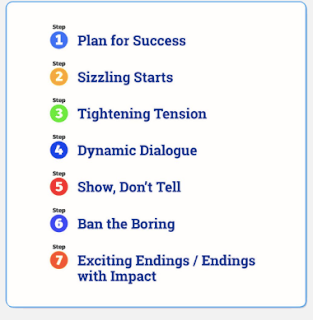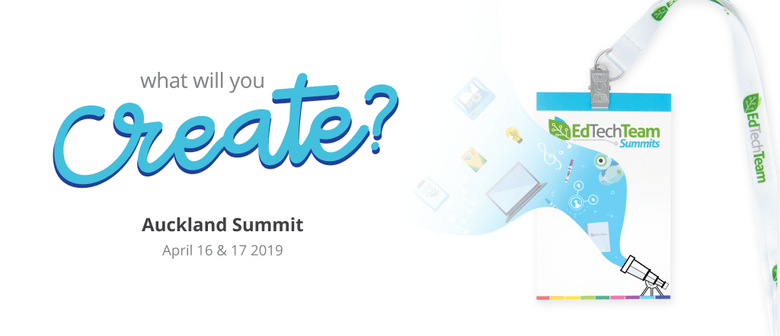Often as teachers we see a resource, for example a HyperDocs and see it is invaluable. We must remember every resource is design for a purpose in a place and we must be reflective on how it can be valuable to our context and learners and be designer who draw on others practice.
First we looked at three example HyerDoc lessons and I found that these are very similar to what I already do in the classroom just adjusted for my level. She said what makes a good HyperDoc is the for c, connect, collaboration, critical thinking and create. She talked about getting children to explore before they explain.
We want to bring about emotion and empathy. "Can you make a difference in someones life?" How will you go out in the world and make a difference.
When you are leaping into something new. Don't do it too often or children get bored. She suggested that you do one Hyperdoc a term. It is about what is the thing that makes learning stick.
A Hyperdoc is not a teacher! The teachers is moving, engaging students and providing scaffolding.
This is a maths lesson gave me ideas for how to get the children doing DMIC and Evaluating each others ideas.
It is about building in the support from the teachers in the design of the lesson plan. We can constantly be think about how we support the children we teach in our lesson design and digital scaffolding.
We must always be a reflective teacher, keep what you love and adjust the rest to be what your children need.
Lisa, talked to us about her youtube. She shares lots of video that provide opportunities to explore big ideas with children.



























